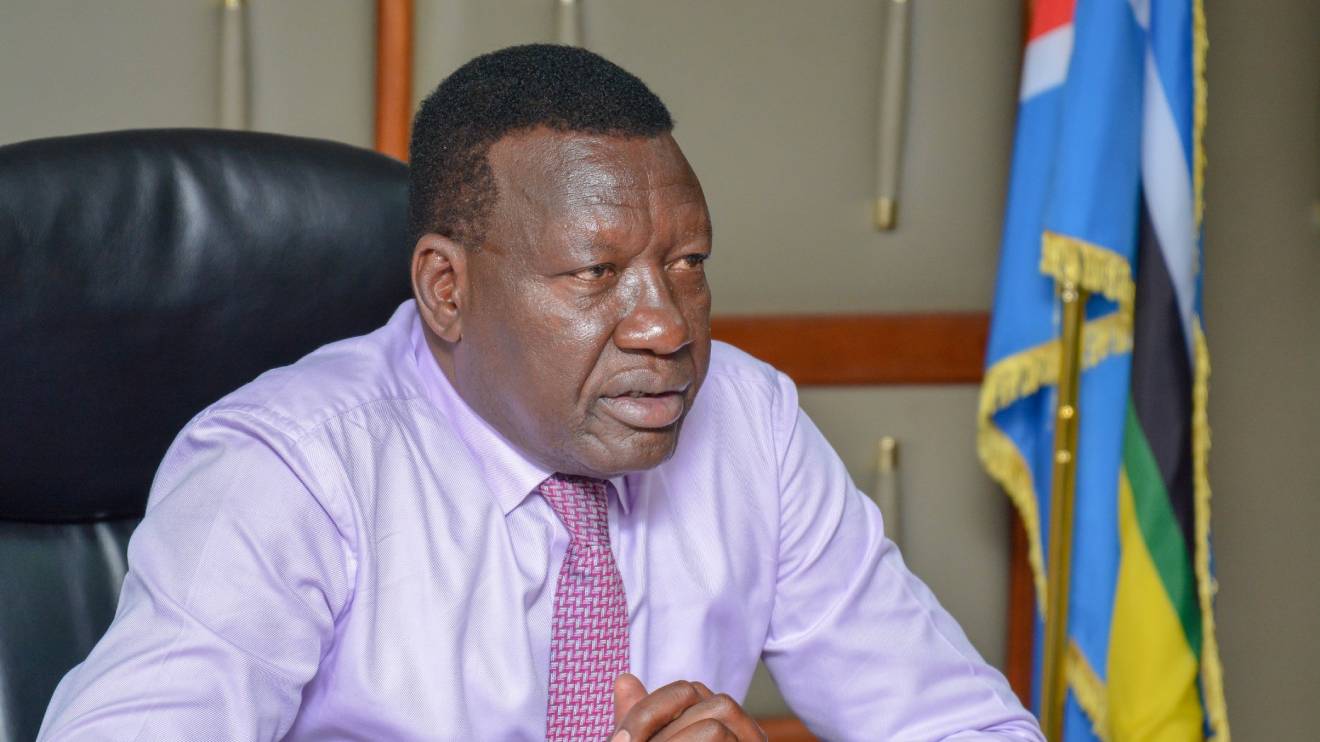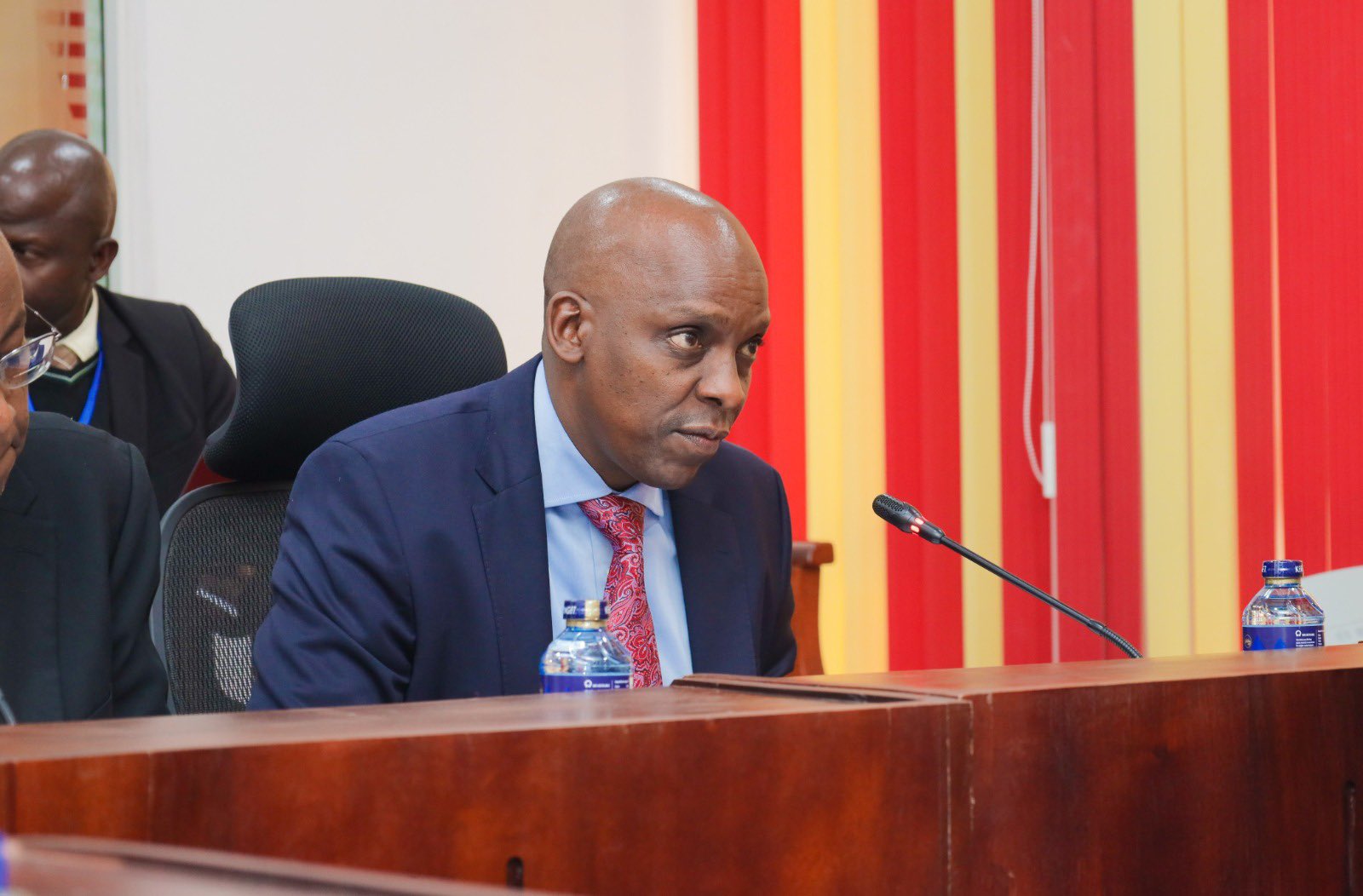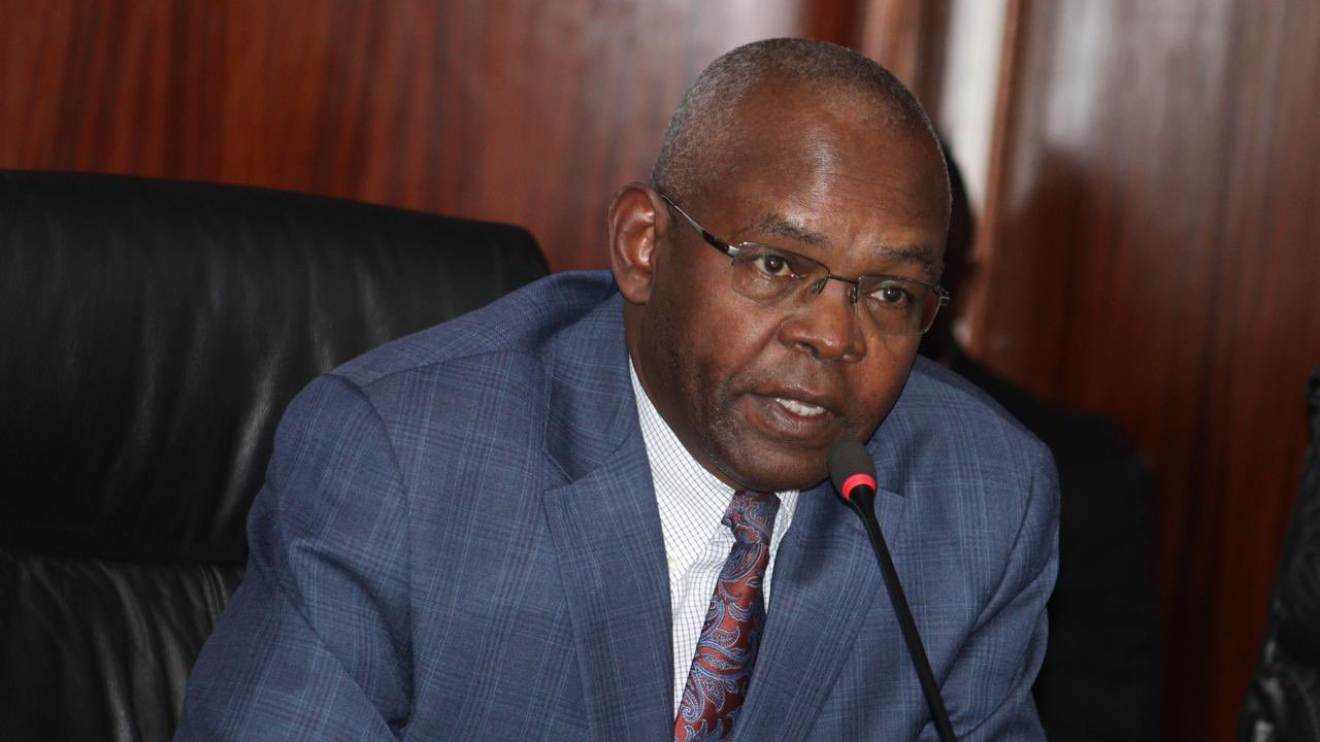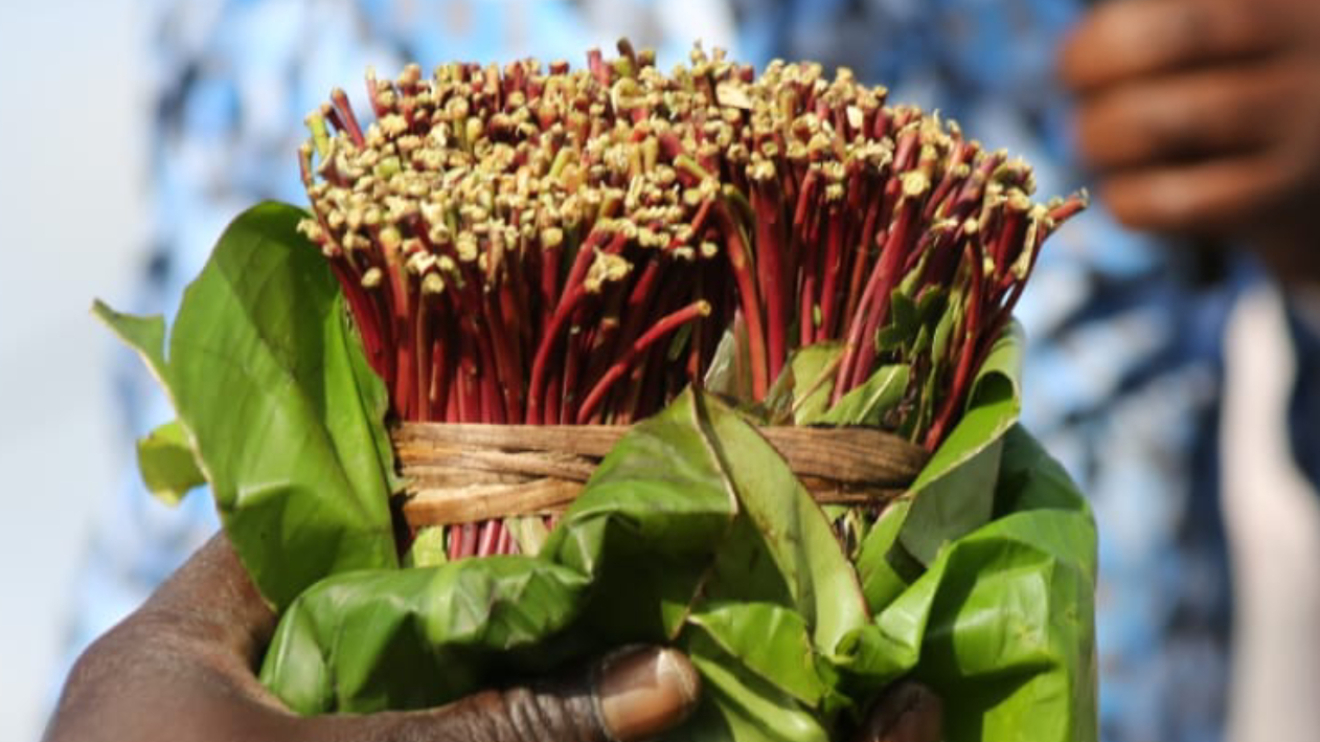Consumers in Kenya are poised to benefit from a notable reduction in electricity bills, thanks to a surge in hydro-power generation and the decommissioning of three thermal plants.
Energy Cabinet Secretary Davis Chirchir emphasized that heavy rains have substantially raised water levels in the Seven Folks dams, creating optimal conditions for an increased production of hydropower, which is more cost-effective than thermal power.
Chirchir announced that three power purchase agreements with Kipevu 1 (owned by KenGen), Tsavo Thermal, and Iberafrica will not be renewed. Instead, the country is banking on an upswing in hydro-generation to fill the energy void.
The move comes as a strategic response to the recent surge in power bills attributed to the rise in the fuel cost charge (FCC), the surcharge utilized by Kenya Power to compensate thermal power plants.
“Due to the rains, our dams from Kiambere to Masinga are getting full. We will dispatch more power that will be cheaper,” Chirchir stated.
Read More
The generation from the country’s dams witnessed a 23.28 per cent decrease to 2,569.18 Gigawatt-hours (GWh) in the year ending June, down from 3,348.71 GWh the previous year.
This decline was a consequence of a severe drought that affected the country, prompting increased reliance on geothermal and wind plants, as well as imports from Ethiopia.
"We should see a sustained drop in bills going forward mainly due to a fall in the pass-through costs, in this case, the fuel cost charge," the CS added.
The power purchase agreements with Iberafrica and Kipevu 1 expired mid-this year, while the one with Tsavo lapsed in 2021. Together, these three plants had a combined capacity of 201 megawatts (MW).
Electricity bills have experienced a modest decrease in recent months, with Sh500 now fetching 15.1 kilowatt-hours (kWh) in the last month, compared to 14.9 kWh in June.
As hydro-power gains momentum and thermal plants phase out, consumers can anticipate a more stable and cost-effective energy landscape in the foreseeable future.








-1756917651.jpg)
